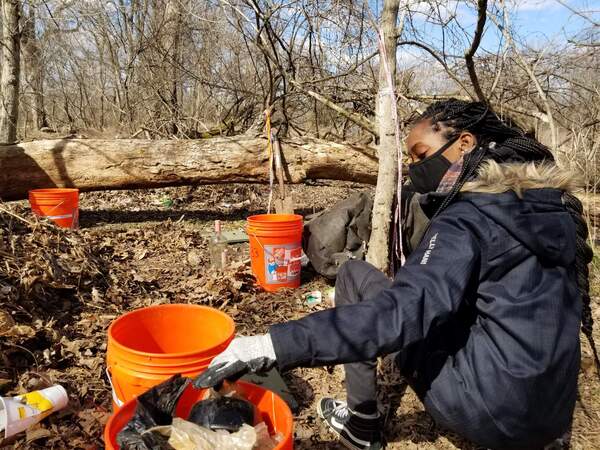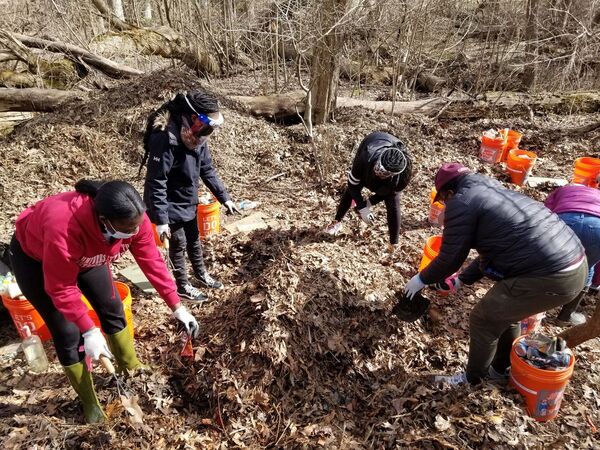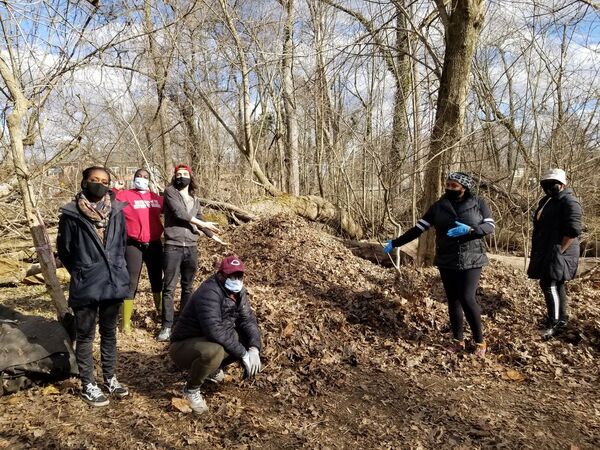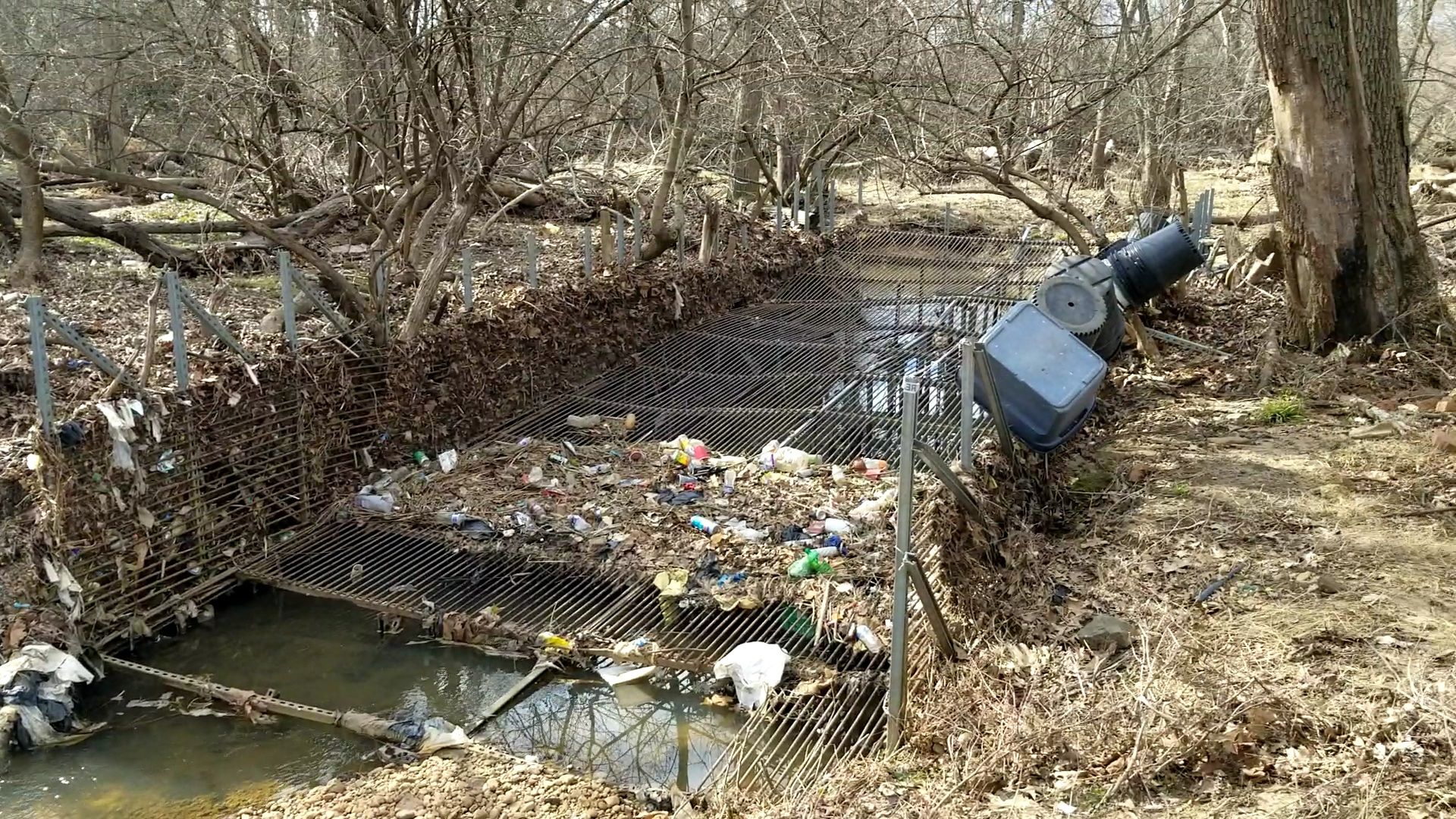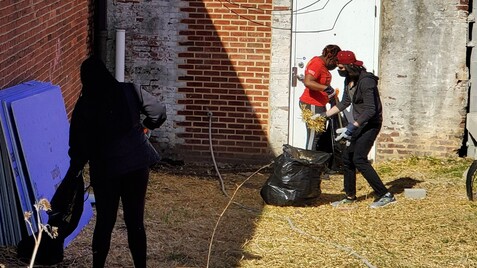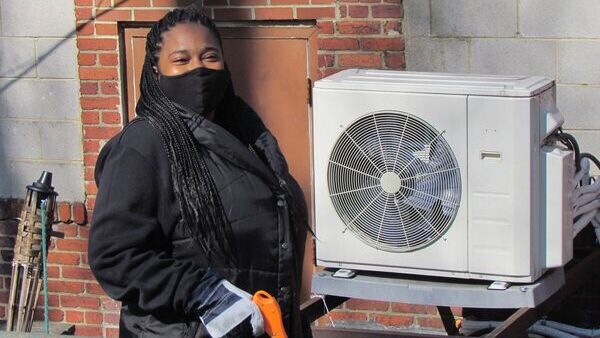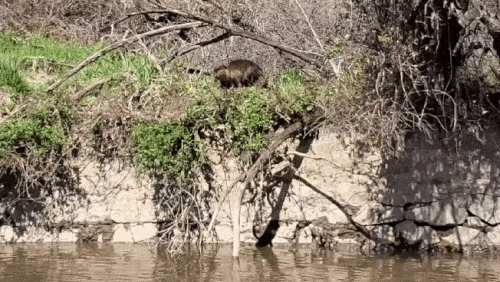Trash Sorting Challenge
We worked alongside a group of volunteers and with AWS water quality specialist Masaya Maeda, the creator and keeper of the Trash Trap at Nash Run, to sort and measure trash pollution collected at the trap. In addition to diverting this waste, this data will be used to identify pollution sources and to influence policy. This kind of data has been critical to improving the Anacostia River watershed, including the passage of the Anacostia River Cleanup and Protection Act of 2009 - also known as the Bag Law.
